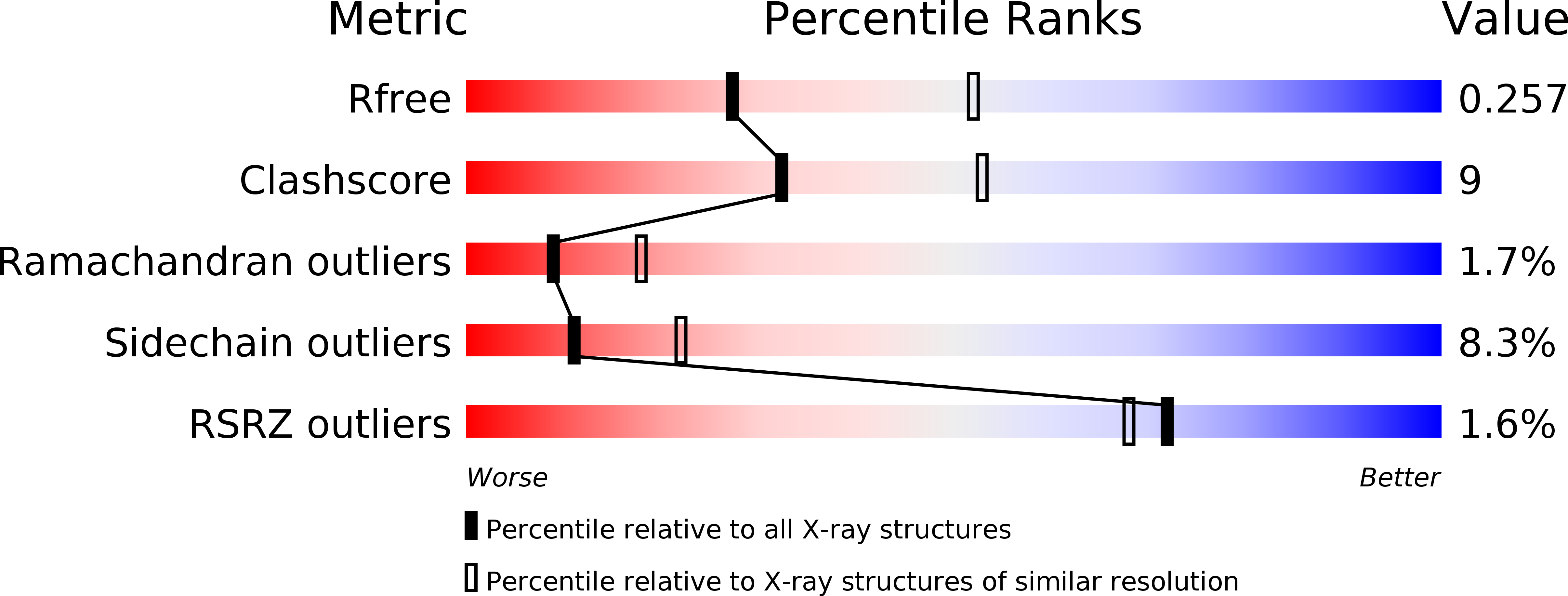
Deposition Date
2005-06-21
Release Date
2005-12-20
Last Version Date
2024-11-06
Method Details:
Experimental Method:
Resolution:
2.60 Å
R-Value Free:
0.25
R-Value Work:
0.21
R-Value Observed:
0.21
Space Group:
C 1 2 1


